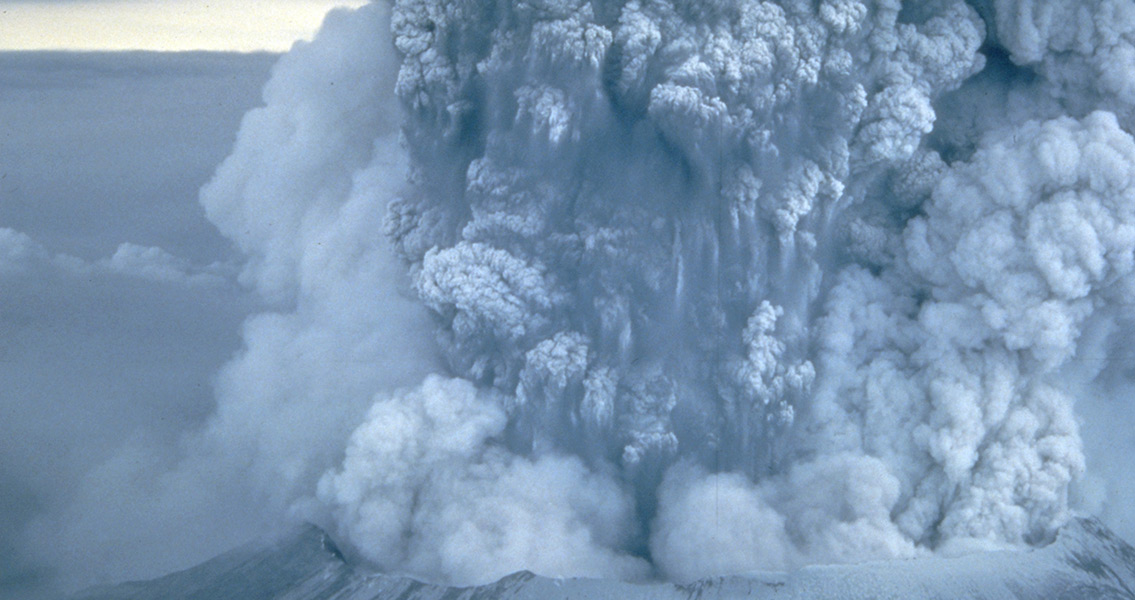<![CDATA[The National Aeronautics and Space Administration says that its latest computer modeling endeavors designed to understand how modern volcanic eruptions affect the Earth’s climate, may have revealed some startling truths about how ancient flood volcanoes could have changed the world climate as well. NASA has been intensely interested in the effects of volcanic eruptions since the Mount Saint Helens explosion in Washington state in 1980, according to an article revealing the research on NASA’s official website. The US federal agency’s Lori Glaze, from Greenbelt, Maryland’s Goddard Space Flight Center, also mentions two other large eruptions in the article, Mexico’s El Chichon in 1982 and the Philippines’ Mount Pinatubo in 1991. Glaze said that a global temperature drop that followed El Chichon but did not accompany Mount St. Helens began to draw the curiosity of NASA researchers. The secret, it turns out, is the amount of sulfur ejected by a volcanic eruption and whether it reaches the stratosphere, a high altitude and relatively stable level of Earth’s atmosphere. Sulfur reaching such heights becomes trapped by the stratosphere, spreading out to form an umbrella that helps to reflect sunlight back away from the planet, which leads to a slightly cooler climate for a temporary period of time. The mechanism is similar to what are called “flood basalt” eruptions, a type of volcanic activity that has not occurred during human history. Flood basalt eruptions aren’t one-shot events like Mt. Pinatubo or St. Helens but instead last for extended periods of time in the geologic sense – decades, centuries, or even millennia in some cases. The amount of sulfur dioxide these eruptions would have thrown into the upper atmosphere could have resulted in major cooling effects on the planet’s climate, NASA scientists say. Glaze and her team investigated how high the gas plumes from ancient flood basalt volcanoes could have reached by taking data from similar but smaller scale eruptions that have occurred more recently. Known as “fire fountain” eruptions, these volcanic events lack the longevity or energetic nature of their ancient counterparts but are thought to function in similar ways. Comparing fire fountain eruptions from Japan in 1986 and determining that these fountains of flame reached as high as 1.6 kilometers, the research team used computer modeling to determine that flood basalt eruptions could have reached 13 to 17 miles straight up, a clear indication that the materials ejected from these ancient volcanoes could have reached the stratosphere. For now, there’s no corroborative evidence that climate change events coincided with the eruption of any known flood basalt volcanoes. However, additional research is being conducted into sites where these ancient eruptions have left their mark on the Earth. For more information: www.sciencedirect.com]]>
Flood Volcanoes May Have Changed World Climate
